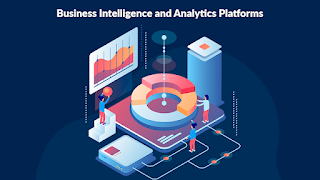The Ultimate Process Mining Guide

Process Mining is revolutionizing the way organizations analyze and optimize their business operations. By leveraging event logs and real-time systems data, companies can gain a comprehensive, fact-based understanding of their workflows, uncover inefficiencies, and make informed decisions to enhance performance across the enterprise. In today’s complex business environment, where multiple IT systems generate massive volumes of operational data, the ability to visualize and monitor processes in real time is critical to maintaining efficiency, compliance, and competitiveness. Understanding the Process Mining Approach At its core, process mining is a dynamic analytical methodology that captures data from a variety of IT systems and data sources. This data includes records from ERP platforms, customer relationship management (CRM) tools, supply chain applications, and other enterprise software. The collected information is then transformed into event logs, providing a chronologi...

%20Tools%20(2).png)
.png)
.png)
.png)

.png)